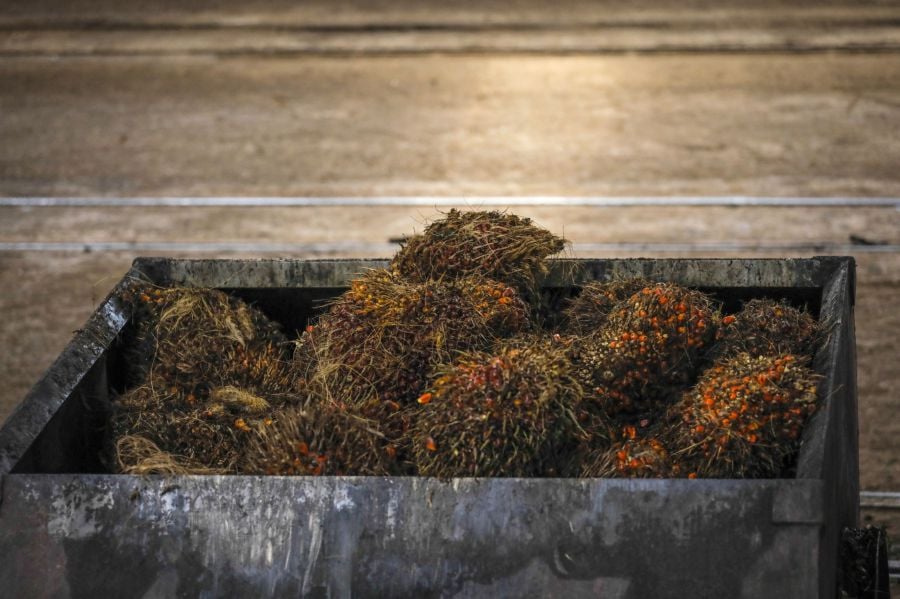Abstract
Background and purpose – Survivorship of total hip arthroplasty (THA) with the ultra-high molecular weight polyethylene (UHMWPE) monoblock cup has been limited due to periprosthetic osteolysis and aseptic loosening, secondary to wear of the UHMWPE. In response, a vitamin E blended highly cross-linked polyethylene (HXLPE) cup was developed. This study set out to compare the wear and clinical 6-year outcomes of vitamin E blended HXLPE with UHMWPE in an isoelastic monoblock cup in patients with hip osteoarthritis who underwent uncemented THA. The 2-year results have been reported previously.Patients and methods – For this randomized controlled trial 199 patients were included. 102 patients received the vitamin E blended HXLPE uncemented acetabular cup and 97 patients the uncemented UHMWPE monoblock cup. Clinical and radiographic parameters were obtained preoperatively, directly postoperatively, and at 3, 12, 24, and 72 months. Wear rates were compared using the femoral head penetration (FHP) rate.Results – 173 patients (87%) completed the 6-year follow-up. The mean NRS scores for rest pain, load pain, and patient satisfaction were 0.3 (SD 1), 0.6 (SD 1), and 8.6 (SD 1) respectively. The mean Harris Hip Score was 93 (SD 12). The FHP rate was lower in the vitamin E blended HXLPE cup (0.028 mm/year) compared with the UHMWPE cup (0.035 mm/year) (p = 0.002). No adverse reactions associated with the clinical application of vitamin E blended HXLPE were observed. 15 complications occurred, equally distributed between the two cups. The 6-year survival to revision rate was 98% for both cups. There was no aseptic loosening.Interpretation – This study shows the superior performance of the HXLPE blended with vitamin E acetabular cup with clinical and radiographic results similar to the UHMWPE acetabular cup.


